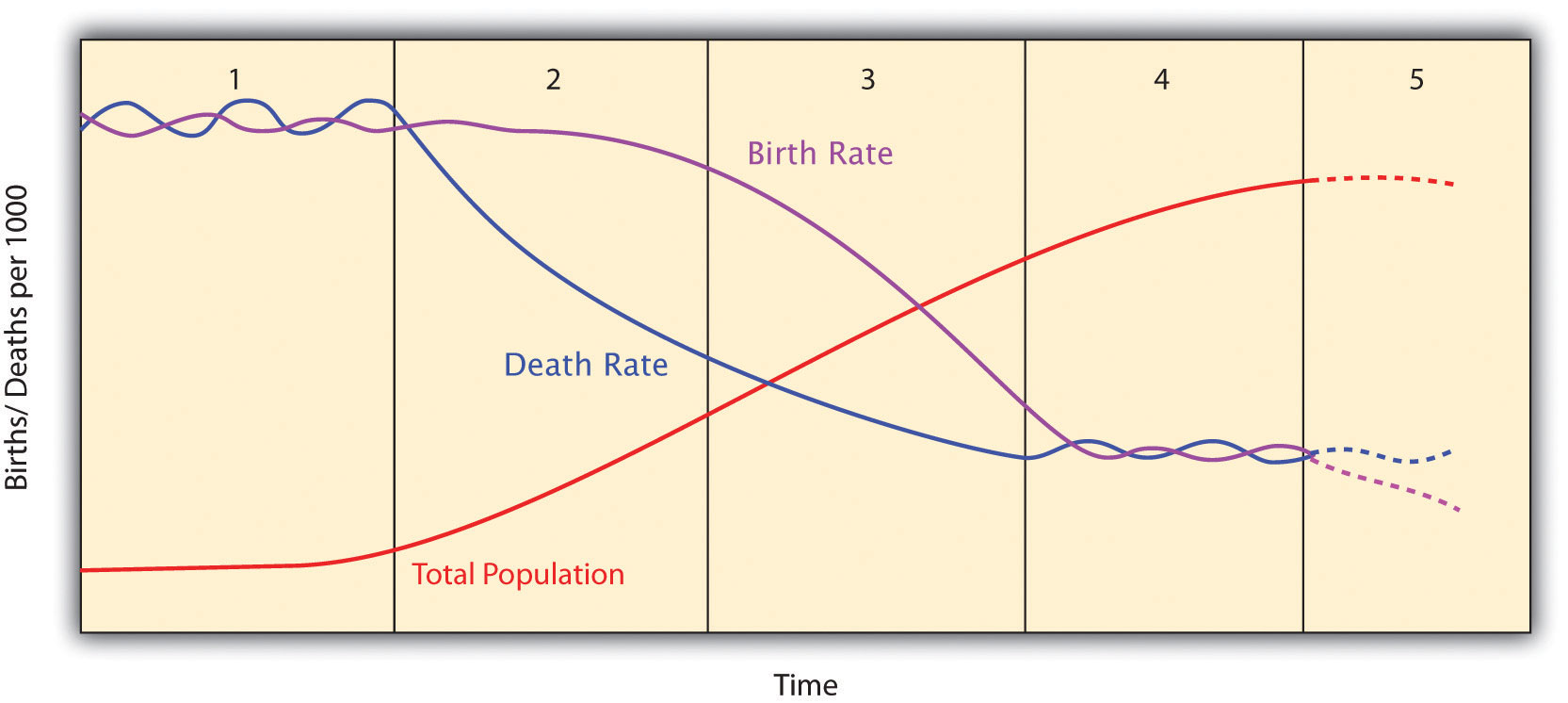The most controversial aspect of Rostow’s model was the suggestion that developing countries should concentrate on a few take off industries in order to generate overall growth in the economy.
Instead, a less developed country may profit more in the long run by adopting a balanced approach to growth.
According to the balanced growth argument, investment should be spread throughout the country in order to encourage a modest growth rate in all industries. For example, an increase in agricultural productivity would result in additional food.
ADVERTISEMENTS:
This food must be either exported or absorbed by urban industrial workers. If the non-agricultural workers cannot pay for the food or if foreign markets will not buy it, then why produce the extra amount?
The world’s two most populous countries China and India have adopted the self-sufficiency approach. Factories in these two countries are not built primarily to produce exports; instead, they concentrate on machinery and construction materials. The overwhelming majority of people are subsistence farmers, living in villages.
These people can survive as long as food production exceeds demand. Industry can try to provide enough fertilizer, equipment, and shelter for the hundreds of millions of subsistence farmers. In this way, the Indian and Chinese people may remain relatively poor but adequately fed.
ADVERTISEMENTS:
On the basis of the economic, social and demographic characteristics, the countries of the world may be divided into (i) developed, and (ii) developing countries. The relatively less developed countries (developing countries) are also known as the Third World countries.
The First World includes the countries which have free market (capitalist). The Second World (communist block) has a centrally controlled market economy. The Third World consists of the developing countries of Africa, Asia and Latin America. The UNO has recognized some thirty-one least developed countries with poor prospects of change in their economy.
In 1980, the contrasting terms ‘North’ and ‘South’ were introduced (by the Independent Commission on International Development Issues, commonly called Brandt Report) as a broad and not wholly accurate generalization to emphasize the distinctions between the rich, advanced, developed countries of the Northern Hemisphere (to which Southern Hemisphere, Australia and New Zealand are added) the North and, roughly, all the rest of the world the South.
This division agrees with the United Nations classification that places all of Europe, and the erstwhile USSR in a more developed country (also known’ by the initials MDC) category, with all other countries classed as less developed (and known as LDCs).
